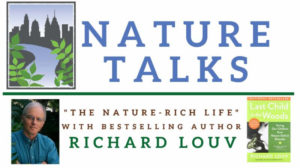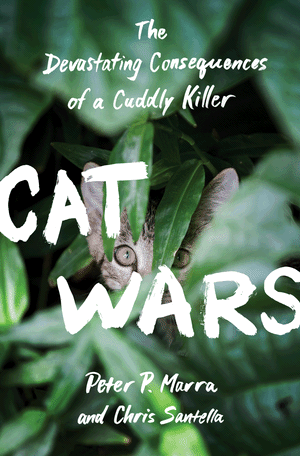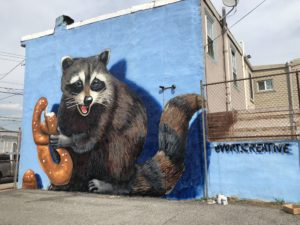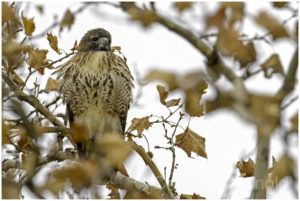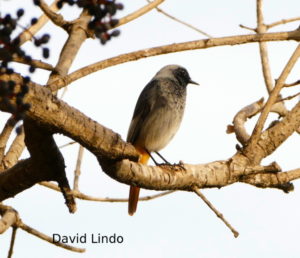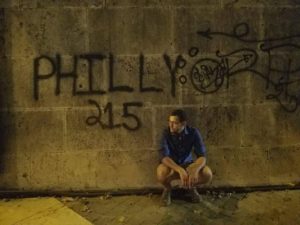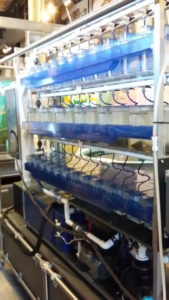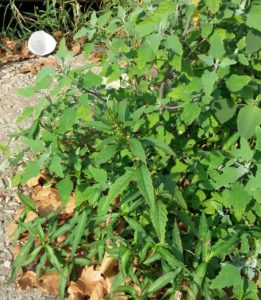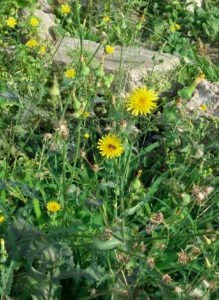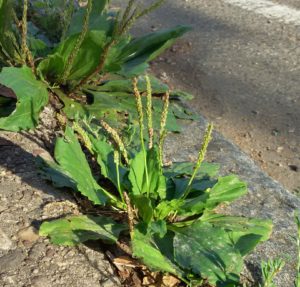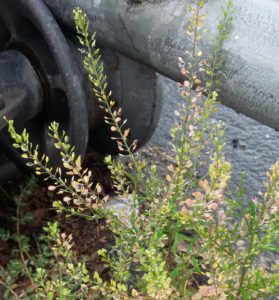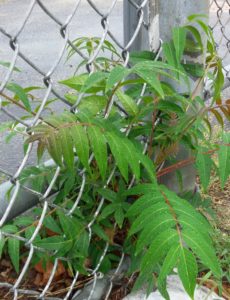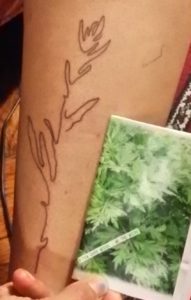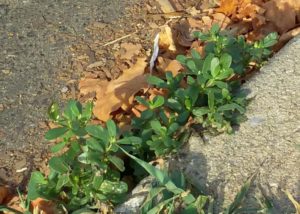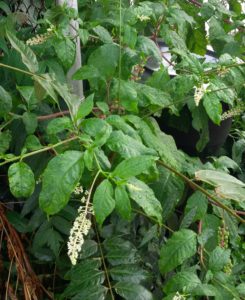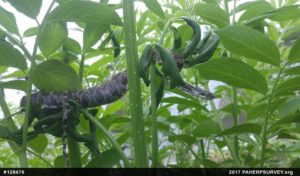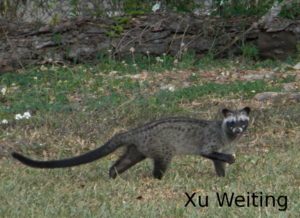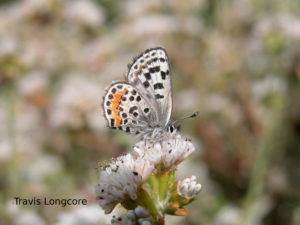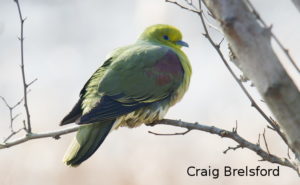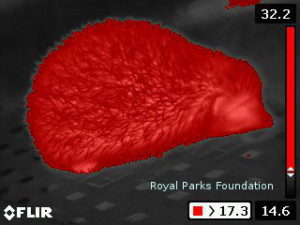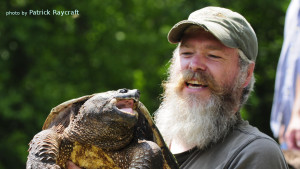[This is a re-post of our World Sparrow Day episode in honor of… World Sparrow Day 2017!!!]
We celebrate World Sparrow Day (March 20th) with a look at Passer domesticus, a bird North American birders love to hate but that is in a mysterious decline in its native Eurasian range.
We hear from Mohammed Dilawar, founder of India’s Nature Forever Society and of World Sparrow Day, about the state of the sparrow in India and the victory of getting it declared the state bird of Delhi.
Tony talks to urban researcher Jessica Burnett about her house sparrow research and how the Unholy Trio might not be so… unholy.
Robin Irrizary, Philadelphia Watershed Coordinator for the TTF Watershed Partnership and avid urban naturalist joins Tony and Billy to talk about sparrows and about how someday his children will be able to carry out all the citizen science projects he never had time to do.
So plug us in, step outside your front door, and raise your binoculars to celebrate the house sparrow.
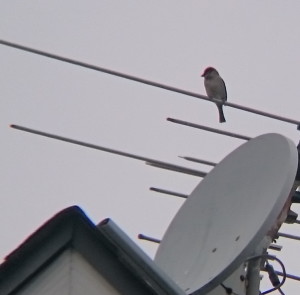
West Philly House Sparrow across the street from Billy’s house
And here’s that anti-sparrow piece from 1917 that we mentioned.
Podcast: Play in new window | Download
Subscribe: iTunes | Android |

